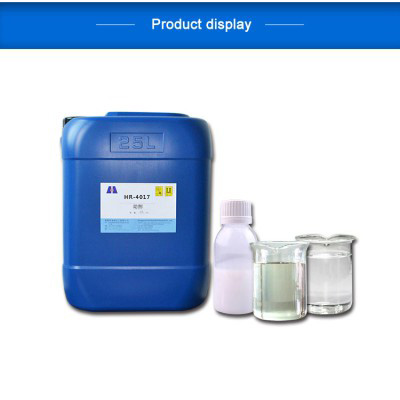Brazil The Function and Use of Defoaming Agents for Electroplating Wastewater Treatment(4)
ink
gold
wetting
leveling

auxiliary
water-based
Explanation in reference book
An agent that promotes the uniform dispersion of material particles in the medium to form a stable suspension. Dispersants are generally divided into two categories: inorganic dispersants and organic dispersants. Commonly used inorganic dispersants include silicates (such as water glass) and alkali metal phosphates (such as sodium tripolyphosphate, sodium hexametaphosphate, and sodium pyrophosphate). Organic dispersants include triethylhexyl phosphoric acid, sodium dodecyl sulfate, methyl pentanol, cellulose derivatives, polyacrylamide, gum, fatty acid polyethylene glycol esters, etc.
Brazil Chemical foam in electroplating wastewater treatment is due to the existence of many surfactants such as detergent and colloidal organic matter in the wastewater, which have strong foaming ability. Therefore, under the conditions of water flow speed, fall, aeration, blowing off, etc., a large number of small and light white brown foam will appear on the surface of the wastewater, which is unstable. There are still some differences between biological foam and chemical foam in appearance, usually showing soil brown or grayish brown. There are many reasons for this kind of foam, such as the soil brown foam caused by the low dissolved gas in the biochemical tank. Grey brown foam produced by low MLSS. Foam caused by microbial factors such as microbial abnormalities. Filamentous bacteria grow abnormally, mix and accumulate with foaming and floc particles to form foam that is difficult to eliminate, etc. The defoamer for electroplating wastewater treatment uses modified silicon polyether and modified oxane as the main raw materials to eliminate foam. It can achieve good results for chemical foam and biological foam that may appear in the electroplating wastewater system.
